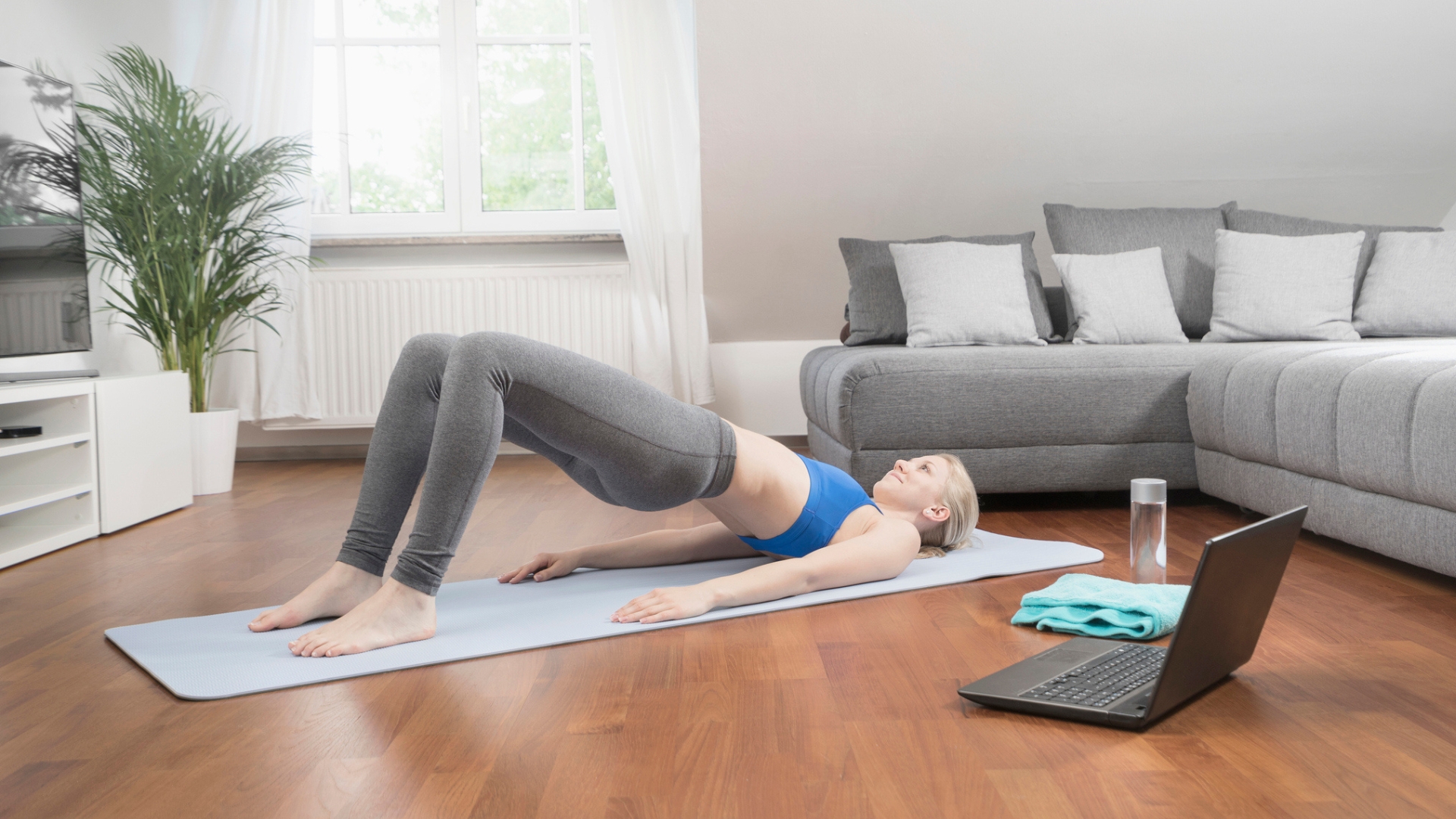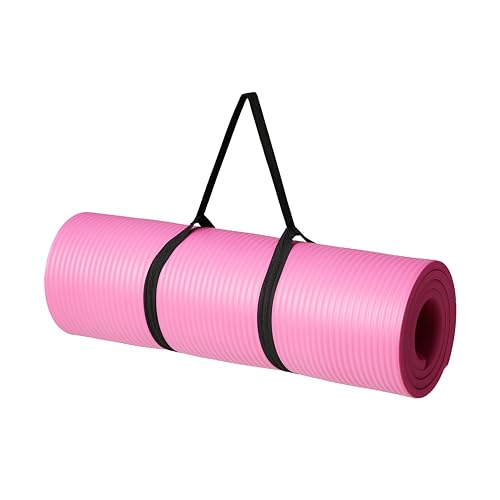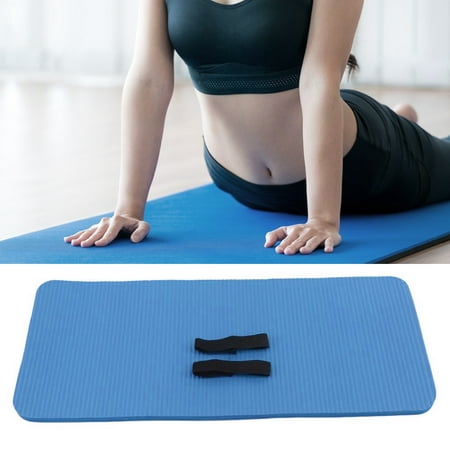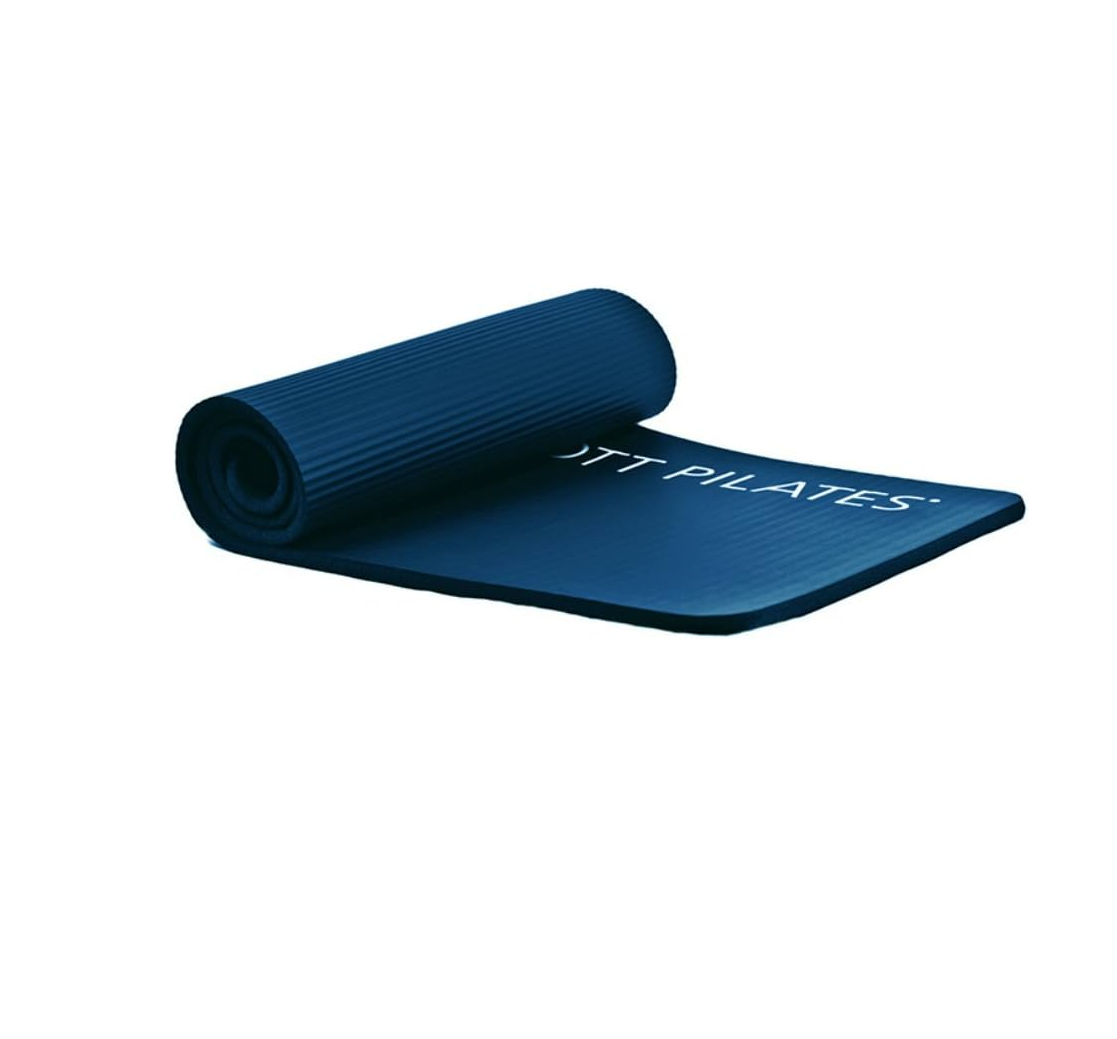
Planning to try Pilates in 2025? You’re spoilt for choice with both online and in-person classes. From wall Pilates and Reformer to classical or contemporary styles, this low-impact, mind-body practice has come a long way since its early days. It was first developed in the early 20th century by Joseph Pilates and was originally called 'contrology'.
Though its name has changed, the core principles and benefits of Pilates remain the same: an increase in muscular strength and endurance and enhanced flexibility, posture and balance.
If you’re new to Pilates, physical therapist and Pilates instructor Jessica Valant recommends this 15-minute mat class as an introduction to some foundational moves. You don't need much equipment, just a thick mat and some comfy clothing.
How to do the 15-minute beginner Pilates class
Starting any new type of exercise can feel daunting but Valant makes her Pilates session accessible and beginner-friendly.
"This will go over some of the basics and foundation moves of Pilates," Valant explains at the start of her YouTube video. "[This will] make sure you feel really comfortable as you move forward in your Pilates practice."
The mat session starts with the pelvic tilt and includes staple exercises like bridge, leg circles and the swimming Pilates pose.
Valant demonstrates each exercise with detailed step-by-step guidance, so you can nail your form.
Top tips for Pilates beginners
According to Victoria Repa, certified Pilates instructor, health coach and founder of BetterMe, there are some guiding principles to follow when you practice Pilates.
"For beginners, focusing on these Pilates fundamentals can ensure a safe, effective and fulfilling practice," says Repa.
1. Be in the moment and cultivate conscious movement
"Pilates is not just about movement, it's about intentional movement," says Repa.
"Full concentration helps you connect with your body. This is crucial for mastering techniques such as keeping the pelvis in a stable position while moving the legs or relaxing the shoulders while performing difficult exercises. Concentration also helps to harmonize breathing with movement, improving oxygen flow and supporting muscle function."
2. Slow down to feel the movement fully
"One of the most common mistakes beginners make is to rush through exercises. When movements are performed in a hurry, they often rely on momentum rather than muscle control," says Repa.
Instead, she says to slow down the movement to improve your ability to "sense muscle tension, improve stability and prevent injury".
3. Focus on breath control
Like other mind-body practices, such as yoga, Pilates emphasizes intentional breathing.
“This helps to maintain rhythm, preventing tension in the neck or shoulders, and helps you to perform smooth movements," Repa says. "Each inhalation and exhalation should be coordinated with movement."
4. Respect the uniqueness of your body
Every body is different and what works for one person may not necessarily work for another.
"It is important to learn to listen to your body, develop at your own pace, and celebrate even the small wins," she says.
Shop Pilates mats
Need a mat for your new Pilates habit? Check out the options below. These cushioned mats are especially thick and ideal for performing Pilates beginner workouts.

This colorful option is only $21.98.

A basic mat that costs $10.

There's a $20 discount on this option from Amazon.







